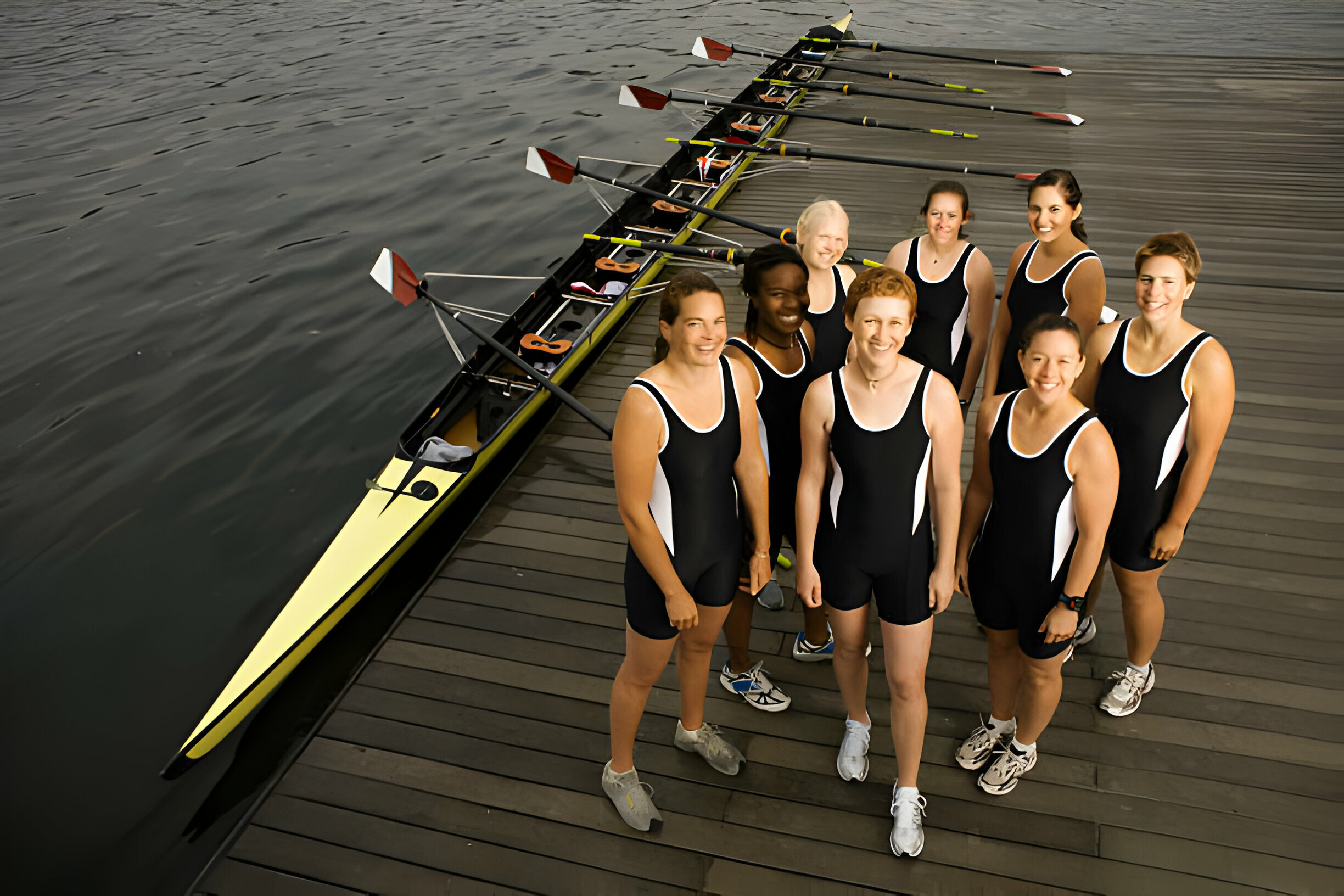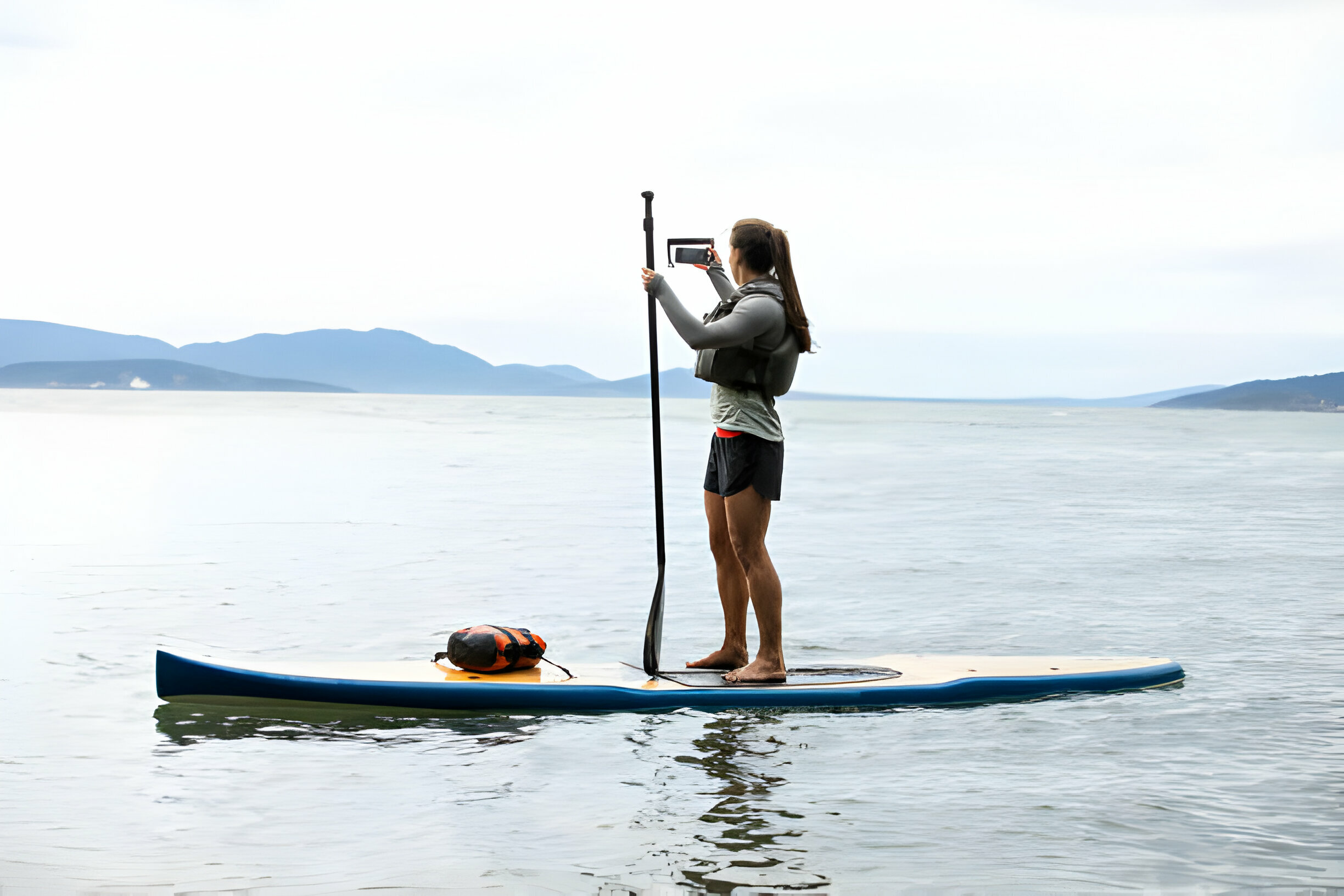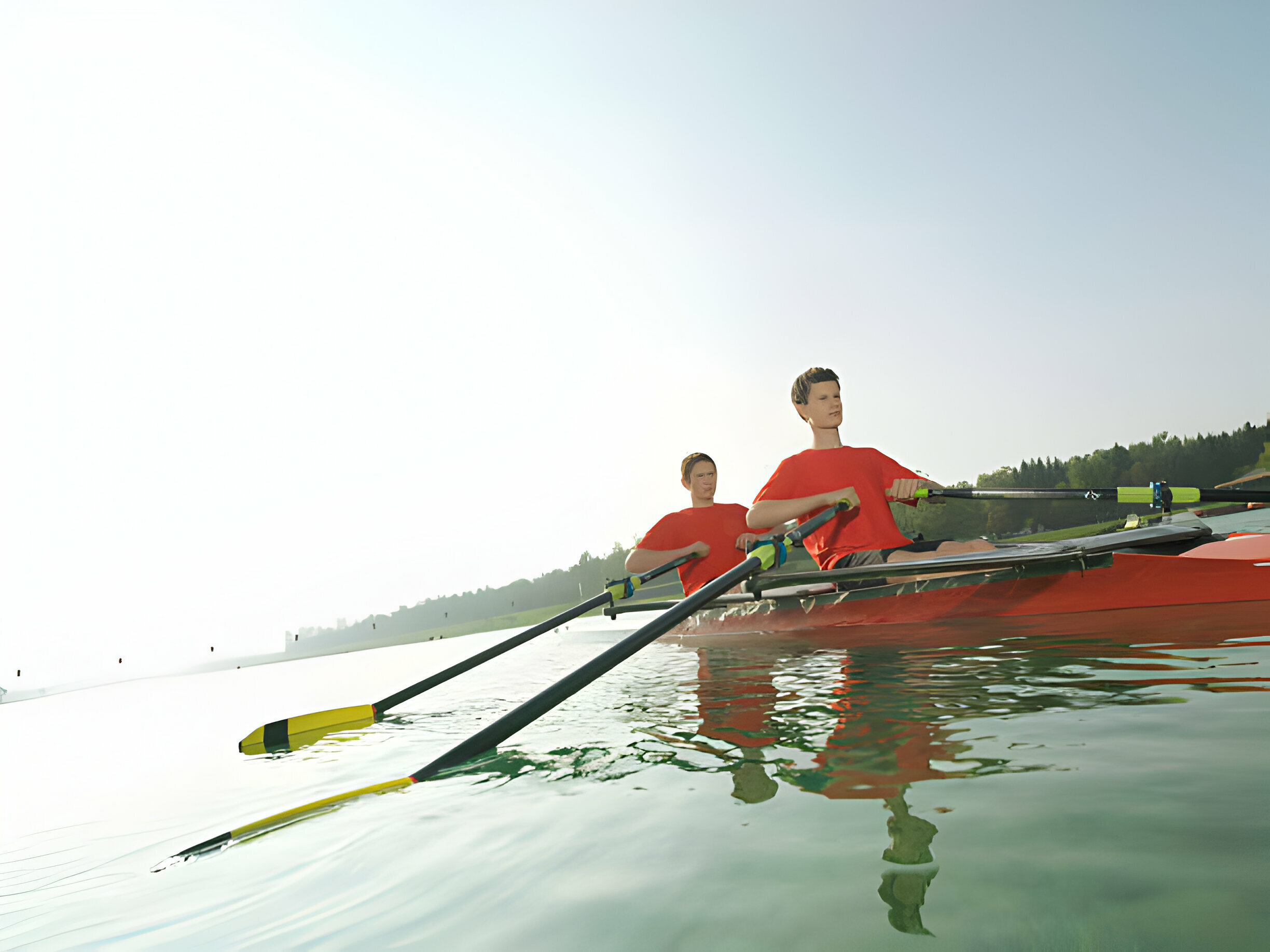Measuring distances accurately is important for activities such as running, biking, and hiking. Knowing how to measure 500 meters precisely can save you time and energy while helping you reach your goals. Whether you’re a professional athlete or want to get better at measuring distances for recreational purposes, this guide will help you learn the tips and tricks for accurate distance calculations. We’ll cover everything from using specialized equipment like pedometers to calculating with everyday objects like paces and steps! So let’s get started on mastering the art of measuring 500 meters – no matter what type of situation or environment you find yourself in!
Table of Contents
Troubleshooting Common Issues with Measuring Distance
Measuring 500 meters accurately can be a difficult task, especially if you don’t have the right tools and techniques. Here are some tips to help you out:
1. Have the right equipment – Depending on your environment, you may need anything from a carpenter’s tape measure to a laser rangefinder. Make sure that whatever tool or device you use is accurate and reliable for this kind of work.
2. Know your terrain – If possible, it’s best to plan and know what type of ground you will be measuring over (flat or hilly). This will help when estimating how long it takes to cover the distance and can also make navigating easier if there are obstacles in between the start and end points.
3. Mark off distances – One way to measure 500 meters is by marking off smaller distances along the way; for example, using a paint marker every 50 meters until reaching 500m total length covered. This allows for more precise measurements as well as making navigation much simpler when tracking progress towards an endpoint.
4. Use pacing – Pacing requires counting steps while walking at a regular speed to estimate the distance covered without any additional tools needed other than yourself! It is important not only to count correctly but also to keep track of where each step was taken so that accuracy remains high throughout all sections measured with this technique.
5. Utilize GPS technology– Technology has made measuring distances much easier! Using GPS devices such as smartphones or dedicated handheld units can give accurate readings even over different terrains with just a few clicks away from seeing results quickly after starting up the application used for tracking purposes.
Following these tips should ensure that your measurement of 500 meters comes out accurate every time! With careful planning and preparation beforehand as well as utilizing effective methods during the measuring process itself, anyone should find success in calculating lengths precisely no matter their experience level or available resources used.
Choosing the Right Tools for Measuring 500 Meters
Accurately measuring 500 meters is an important skill for athletes, hikers, runners, and anyone else who needs to cover a precise distance. Knowing the exact length of your journey can help you set realistic goals and prepare accordingly. Here are some tips on how to measure 500 meters:
1. Use a GPS Device – A handheld GPS device or GPS-enabled smartphone app can easily and accurately measure a distance of 500 meters with just the press of a button. This method allows you to save time by calculating distances quickly without needing to mark out each step manually.
2. Measure Out Your Route – If you don’t have access to technology like a GPS device, use markers to define the route that you want to take over the course of 500 meters (e.g., trees, rocks, etc.). Then use a measuring tape or wheeled odometer attached at one end of your starting point; simply roll it along the path while counting off every meter as it passes by until you reach 500m total!
3. Map It Out – Mapping software programs such as Google Maps can be used to get an accurate representation of any given area; this will allow you to compare distances visually before heading out into unknown territory! All that’s needed is two points marked on the map from which measurements can be taken in between them – so no need for actual physical measurements here either!
4 . Use an Estimation Method – If all else fails then try using estimation methods such as counting steps or paces (assuming that one pace equals roughly 0.75m) to arrive at approximately where your destination might be located after covering certain distances within estimated times frames along predetermined routes made up landmarks/points– this way should give reliable enough results for most everyday activities requiring knowledge about basic distances traveled over pre-defined routes!.
Understanding the Basics of Measuring Distance
Measuring 500 meters accurately can sometimes be a challenge. Here are some tips and tricks to help you get the most accurate measurements possible.
First, use a measuring tape or wheel measurer with metric markings for best results. When using any type of measuring device, it is important to ensure that the surface being measured is level and clear of debris or obstacles so that you can get an accurate reading. Once your surface is ready, start by laying out your measurement starting from one endpoint and extending it as far as needed to reach 500 meters in length. Make sure to keep track of how many full-lengths have been laid out along the way so that you know when you have reached 500 meters exactly. If using a wheel measurer, make sure not to move faster than necessary while rolling – accuracy depends on ensuring that each rotation travels precisely 10 cm (the length of 1 meter).
If dealing with rough terrain or other obstacles impeding progress, try breaking up your measurement into smaller sections instead of trying to do it all at once – this will allow for greater accuracy overall since there are fewer chances for error when taking small steps rather than large ones at once. Additionally, always double-check your measurements periodically; if anything looks off then take the time to go back over those areas before continuing forward to prevent any mistakes down the line!
Using Technology to Assist in Measuring 500 Meters
Accurately measuring 500 meters requires specific tools, techniques, and an understanding of the scale. Here are some tips to help you measure this distance accurately:
First, use a quality odometer or pedometer device that measures both miles and kilometers. This will give you the most accurate readings from which to make your calculations. Secondly, be sure to calibrate your devices before beginning your measurement process. Set it up so that each full rotation corresponds with 1 kilometer (or 0.621 Miles). Then begin walking at a steady pace while tracking the number of rotations on your device until you reach 500 meters (or 547 yards).
Thirdly, if possible, try using landmarks along the way as reference points for calculating distances between them. Be sure to note these measurements down as they can be used later for double-checking accuracy when all is said and done. Additionally, take advantage of smartphone apps like Google Maps or MapMyRun which allow users to track their runs based on GPS coordinates; this ensures even more accuracy when estimating distances over long periods or large areas.
Finally, always remember that practice makes perfect when trying out any new technique; don’t expect immediate results the first time around but rather build up slowly through trial and error! With these tips in mind, you should have no problem accurately measuring 500 meters with ease!
Calculating Distances with Accuracy and Precision
Measuring 500 meters accurately requires knowledge of the available tools and techniques. First, it is important to have a reliable measuring device such as a tape measure or wheeled distance gauge. Tape measures are great for measuring shorter distances, but require two people for accurate results. Wheeled distance gauges provide greater accuracy since they roll along the path that needs to be measured with just one person operating them. A GPS unit can also be used if you want more precise measurements in open spaces or over long distances.
It is also essential to understand how the terrain affects your measurement since hills and curves can lead to inaccurate readings. If possible, try using an elevated platform so you can get a better view of where you’re going and ensure that your measurements stay on track without any detours or deviations from the route being taken.
Finally, practice makes perfect! Try measuring several short segments between fixed points before attempting longer ones like 500 meters; this will help you develop good techniques for keeping track of your progress as well as building confidence in your ability to make accurate calculations while on-site. With these tips in mind, anyone should be able to accurately measure 500 meters with ease!
Tips for Improving Accuracy When Calculating Distances
Measuring 500 meters accurately can be challenging, but with the right tools and techniques, you’ll have no trouble measuring this distance. First of all, it is important to remember that most standard rulers are not equipped to measure distances greater than one meter. Therefore, it is necessary to use a tape measure or other measurement tool that can more easily accommodate longer lengths. To begin your measurements, lay the end of the tape measure at the starting point and slowly unroll it until you reach 500 meters. Make sure to count each centimeter along the way so you don’t lose track of how far you have gone. Once at the 500-meter mark where that is on your ruler or tape measure and then cut off any excess length from there before re-rolling back up again for storage purposes. If using a GPS device such as a smartphone app or watch to track your progress make sure it has been calibrated correctly first to ensure accurate readings otherwise your calculations may be completely skewed by incorrect data inputs! Finally, if possible take multiple measurements just in case there was an error during one of them; this will help eliminate potential errors while also ensuring accuracy when measuring out long distances like 500 meters!
Ensuring Safety While Measuring Longer Distances
Measuring 500 meters accurately can be a daunting task. Knowing the right techniques is essential for anyone looking to make an accurate calculation of distance. Here are some tips and tricks that any novice or expert should consider when measuring 500 meters:
First, determine how you will measure the distance. There are various options available, such as using a car’s odometer, using a pedometer or app-based measuring device, or simply counting your footsteps while walking along the route. If you do choose to count steps while walking, it’s recommended that you wear comfortable footwear and take shorter strides than usual to increase accuracy.
Second, identify a starting point and end point for your measurement. This could be two markers set up at either end of the path being measured (e.g., trees), or just one marker with which you will use as both start and finish points on each side of your walk around/through the area being measured out – depending on what type of terrain is present (e.g., grassy field).
Thirdly, if possible calculate how many strides it takes to reach 500 meters by taking several walks around/through the area while counting your steps until they total exactly 500 meters from start to finish line – this can help ensure accuracy later down the road when measuring distances regularly over longer distances (for instance via running track events etc.). Additionally if possible try calibrating other types of devices used for calculating distance like those mentioned above against known measurements as well so their readings match up with actual length figures more closely before moving forward too!
Finally don’t forget safety first; always look out for any obstacles or potential hazards during these calculations – whether its uneven ground surface changes due to environmental conditions like rainwater runoff & erosion patterns which may affect footing stability etc., wildlife presence nearby like snakes in tall grasses…etc… Be sure also to be aware of traffic flow, especially near roadsides where cars may come speeding through unexpectedly! Also, remember that most importantly have fun with these measurements – after all, we’re talking about exploring our planet here so enjoy yourself!
Taking Accurate Measurements Along the Way
Measuring 500 meters accurately can be a tricky task, but with the right technique and equipment, you’ll have an accurate measurement in no time. First, it’s important to understand which type of equipment is best for measuring distances up to 500 meters. A GPS device or rangefinder are both excellent options since they measure distance by satellite signals rather than relying on traditional methods such as pacing off steps. As long as your device has been calibrated properly, you should get an accurate reading every time. If you don’t have access to one of those devices then measuring tape or even string can work if used correctly; simply attach one end at the starting point and extend it until it reaches the finish line while counting how many times it passes over 500 meters – just make sure that any slack in the tape/string is kept taut throughout! Once finished marking out your course, use a ruler or yardstick to double-check that all measurements are correct before heading out for your run. Lastly, keep in mind that even with advanced technology like GPS there can be some variance between readings so always confirm accuracy before using any data gathered from them! With these tips and tricks under your belt, you should now confidently measure distances up to 500 meters knowing exactly what method works best for you!
Establishing a Starting Point and Direction
Measuring 500 meters accurately can be tricky and time-consuming if you don’t know the right tools or techniques to use. Knowing how to measure distance correctly is important for any outdoor activity, such as running, biking, or hiking. To ensure that your measurements are accurate every time, follow these tips:
First of all, it’s important to have the proper equipment. A steel tape measure is ideal for measuring distances up to 500 meters since they are flexible and long enough for most applications. While other types of measurement tools may work in a pinch (like a wheeled measuring device), they tend to lack accuracy over longer distances. If you need more accuracy than what a standard tape measure provides, invest in an ultrasonic rangefinder or GPS instead.
When using a tape measurer make sure it’s stretched out tight when taking measurements as this will help provide you with more accurate readings. Additionally, try not to take too many measurements at once; break them into smaller chunks so that each one is easier and quicker to manage without sacrificing precision levels. Finally, always double-check your calculations by retracing your steps – especially if you’re outdoors where there might be obstacles like trees and rocks that could affect the outcome of your results! With these tips in mind next time you need an accurate measurement of 500 meters – no matter what activity it’s for – you’ll have no trouble getting the job done quickly and efficiently!
Preparing to Measure 500 Meters
Measuring 500 meters accurately doesn’t have to be a challenge. Here are some tips and tricks for accurate distance calculations:
1. Use a measuring wheel – A measuring wheel is one of the most reliable methods for determining distances up to 1,000 meters or more. All you need to do is simply roll it along the surface in a straight line until you reach 500 meters, mark your starting point, and then measure back from that point using either a tape measure or ruler.
2. Use GPS technology – If you don’t have access to a measuring wheel, modern GPS technology can provide an accurate calculation of any distance between two points without having to physically measure it yourself. Simply plot out both locations on Google Maps or another mapping application and the total number of meters will appear as part of the route information given by the app.
3. Measure by steps – You can also use your body measurement as a guide for calculating distances up to 500 meters with reasonable accuracy if needed in certain situations where no other options are available (e.g. when walking). This method requires some basic maths – count each step taken while walking at an average pace and multiply it by 0.76m (the approximate length of one stride) which will give you how far you walked in meters (or divide this figure by 1000 if working in kilometers). Once again make sure that no turns were taken during this process so that all steps are moving forwards towards your destination point only!
Accurately measuring 500 meters can be difficult. Taking the time to properly measure distances will ensure accuracy when running, swimming, or biking. By understanding proper safety protocols and utilizing tools like a GPS watch or wheeled odometer, athletes can easily monitor their distance traveled and complete their workouts with confidence. With these tips and tricks, anyone can accurately measure 500 meters in no time.
For those looking to calculate distances more precisely, there are many useful tools available for accurate measurements of up to 500 meters. Utilizing these methods such as GPS watches and odometers enable athletes to effectively track progress while exercising safely at any distance. Knowing how to appropriately measure distances is an invaluable skill for any athlete who wishes to stay on top of their performance goals!



